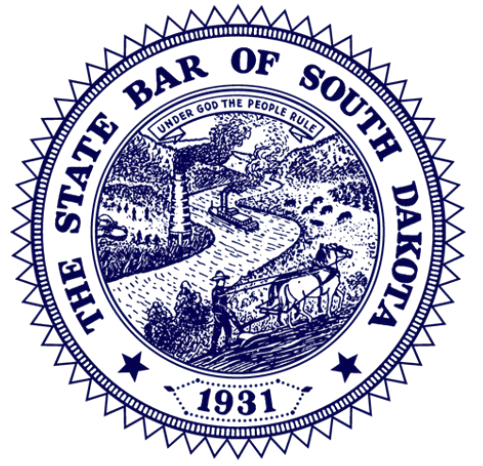Commercial Lease Checklist
Everything You Need to Know Provided by a South Dakota & New York Attorney
1: Rent
An annual minimum monthly or annual rent amount should be included. For many businesses the amount of rent will be a formula based on a percentage of sales or traffic. This term should also include the means by which rent is to be paid (E.g. in person, by mail, electronically), grace periods, and penalties for late rent. The lease should also contemplate how rent increases will be contemplated in subsequent periods.
2: Term
The term of the lease is critical as leasehold estates are defined in large part based on the term of the lease. The lease should include a commencement date, event, or condition or at the very least a date after which there can be no commencement of the lease. The lease should also include a date, event, or condition which will result in the termination of the lease. The lease should also entertain any contingencies which would result in the commencement or cancellation of the lease. It is not uncommon for a lease to include rights to either early access to premises or early termination of the lease.
3: Maintenance and Repairs
This is a key term in any lease and is particularly important for commercial leases. In many states a landlord’s responsibility to maintain the premises and make repairs is extremely limited, but almost all leases obligate the landlord to an extent. The lease should be as specific as possible and contemplate both the landlord and tenants responsibility for repairs and/or maintenance of the: roof, walls, drainage systems, plumbing, water systems, foundation, floors, glass, fixtures, heating/cooling system, sidewalks, driveways, parking lots, etc. The lease may include terms which require the tenant to be responsible for specific items of maintenance and/or for repair costs due to the tenant’s negligence.
4: Indemnification
The lease should state to what extent the tenant or landlord is responsible for loss and casualty with specific references to third parties and injuries caused by with the landlord or tenants negligence. For greater protection, indemnification and release clauses should be broad in scope contemplating claims relating to the premises but also planning for any number of other claims that could arise because of the leased premises. A party may require another party to have liability insurance to cover claims.
5: Condemnation, Reconstruction, Applicable Law
The lease should explicitly state who is responsible to rebuilding, damage, or destruction of the premises and fixtures. Typically the party who is responsible for the damage or destruction often bears the burden of reconstruction. It is commonplace for the lease to contemplate destruction by requiring either or both parties to carry insurance to cover reconstruction costs. Further, the lease should contemplate the consequences of condemnation. Here, a tenant should always insist on an abatement of rent if the leased property is condemned. On the other hand, the landlord should require that the premises comply with all local, state, and federal regulations which might result in condemnation or the businesses operations being shut down. Every lease should include a term specifying the governing law and each party’s compliance with that law and other regulations.
6: Assignments and Subleases
The lease should contemplate the extent to which the lessee may allow another to assume its lease and the degree to which, if at all, the original lessee will remain liable on the lease if another assumes the lease.
7: Material Breach and Default
The lease must state what conditions or violations of terms constitute a material breach of the lease and what the consequences are of default. The most common breach would be failure to pay rent, but it is common for a commercial lease to allow either party to treat any violation of a stated term as material breach. A default provision in the lease will provide a remedy to the party who has been aggrieved by the material breach. Common remedies include termination of the lease, acceleration of rents due, and relinquishment of the leased premises.
8: Other Considerations
Other items which every commercial lease should plan for or include are,(1) the tenant’s right to cure a landlord’s breach and deduct from rent, (2) security deposits, (3) the consequences of a tenant’s improvements to the property, (4) the burden of real estate taxes, (4) a description of the leased property, (5) responsibility for utility payments, (6) amendments and addendums to the lease, (7) permitted use provisions and (8) permissible signage and advertising. Because a commercial lease is a contract it is adaptable to fit the needs, requirements, and concerns of both parties. Consequently any apprehension of a party can be and should be addressed in the lease.





